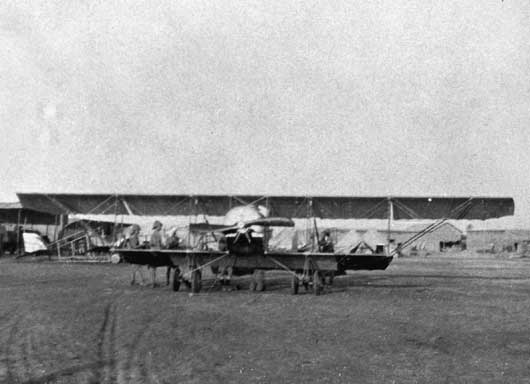Mesopotamia The Birth of the RAAF, 1916
The Battle in Brief
Shortly after the outbreak of war in 1914, the Australian Flying Corps (AFC), sent one aircraft to German New Guinea but the Germans surrendered before the aircraft could even be unpacked. On 8 February 1915, the Indian government requested air assistance from Australia. The AFC could only provide four officers and ground staff for what became known as the Mesopotamian Half-Flight or the Australian Half-Flight. The contingent was provided with aircraft by India and on 27 May the AFC undertook its first operational flight. Lieutenant G. P. Merz was the first Australian airman killed after his plane was forced down with engine trouble on 30 July. After the capture of Kut on 27 September, the AFC moved there but lost two aircraft with their crews taken prisoner. Outside Baghdad, the Turks counter attacked and forced the Indian Army back to Kut which was besieged on 4 December. By this time the AFC was down to one pilot and one aircraft and was withdrawn to Egypt. Of the nine Australian air mechanics that were captured when Kut surrendered just two survived the war.
By the time the war had ended, four AFC squadrons had distinguished themselves in the Palestine campaign and on the Western Front. On 31 March 1921, the Australian Air Force (granted the Royal prefix in August), the successor of the Australian Flying Corps, became the third independent service.
Location
Media





